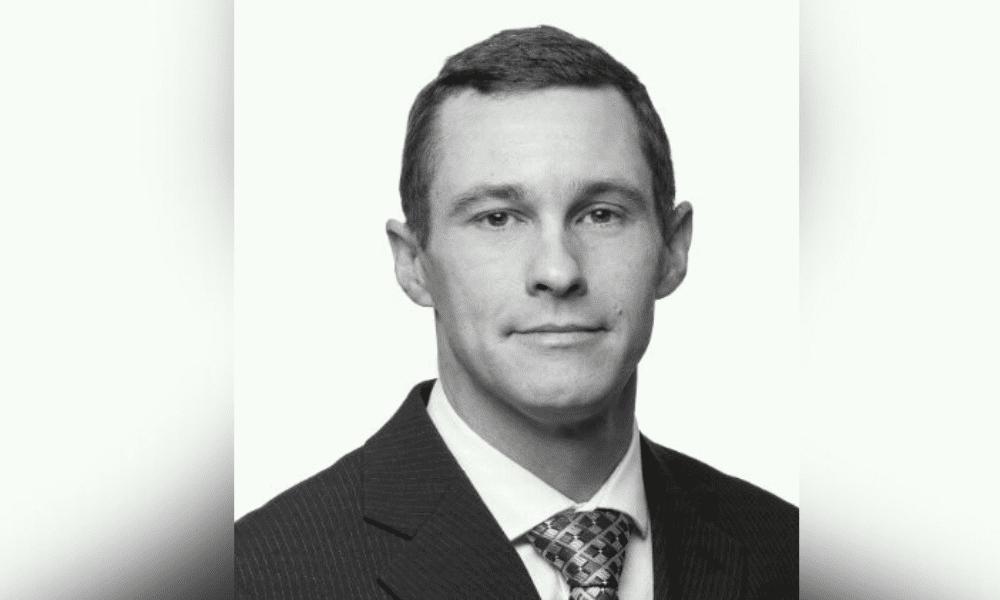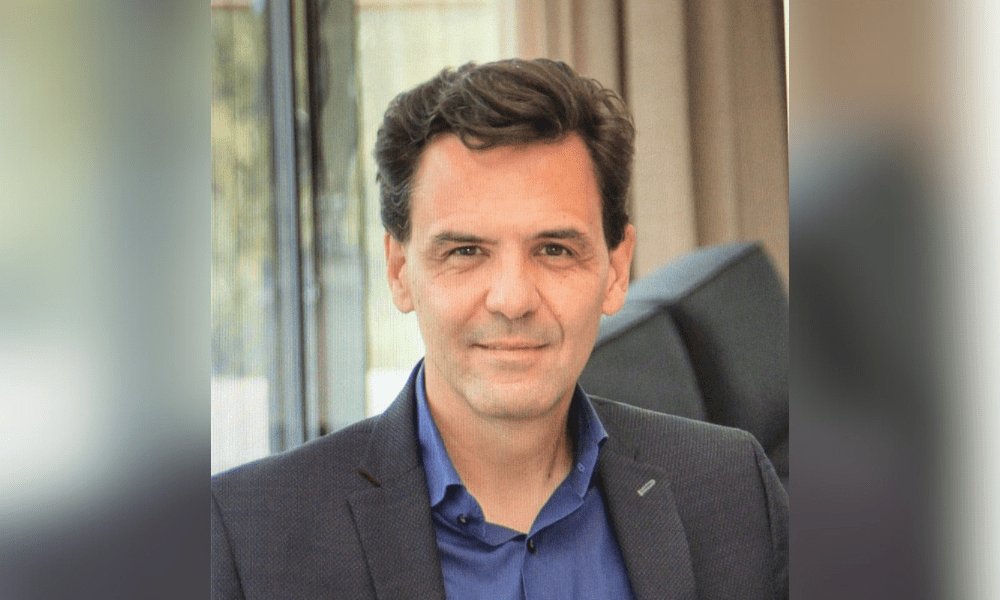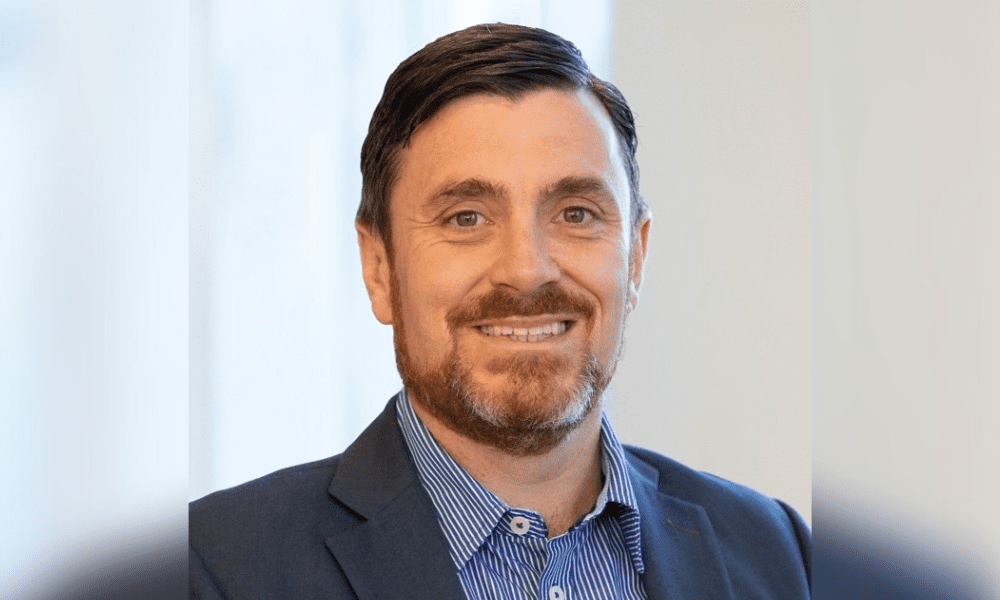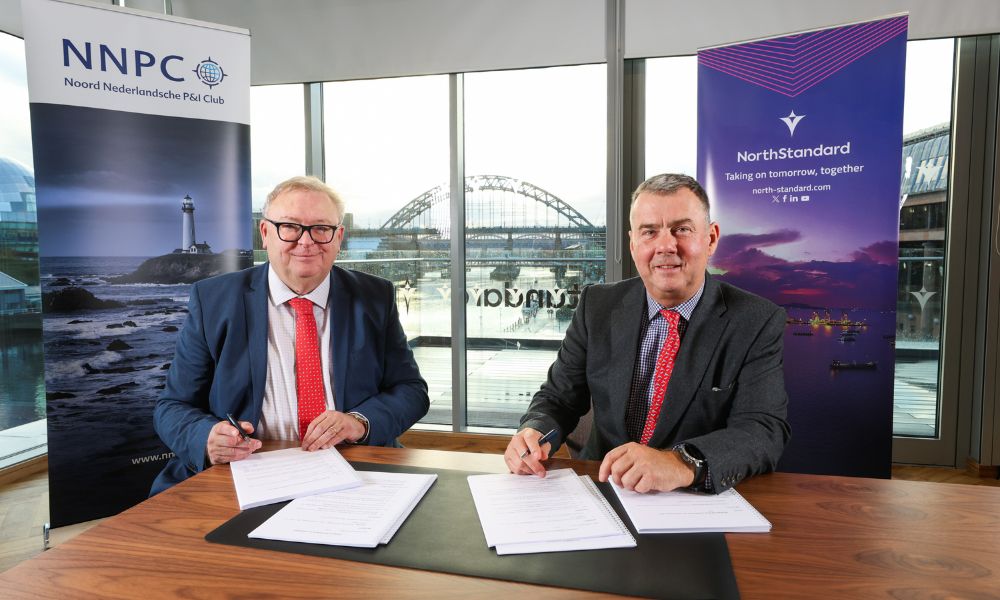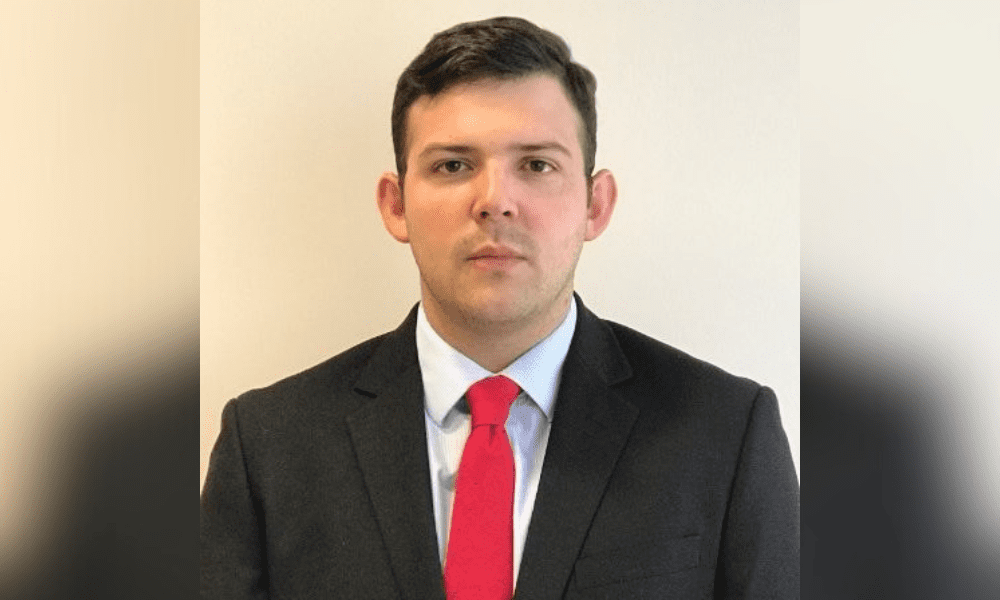

In its report, the insurer pointed to a growing list of pharma, food, and chemical products becoming the target of billion-dollar class action litigation, including opioids, talcum powder, indigestion remedies, and herbicide. Cancer is increasingly a feature of such cases, with scientific research, regulatory orders or voluntary withdrawal of products that may be carcinogenic as triggers.



